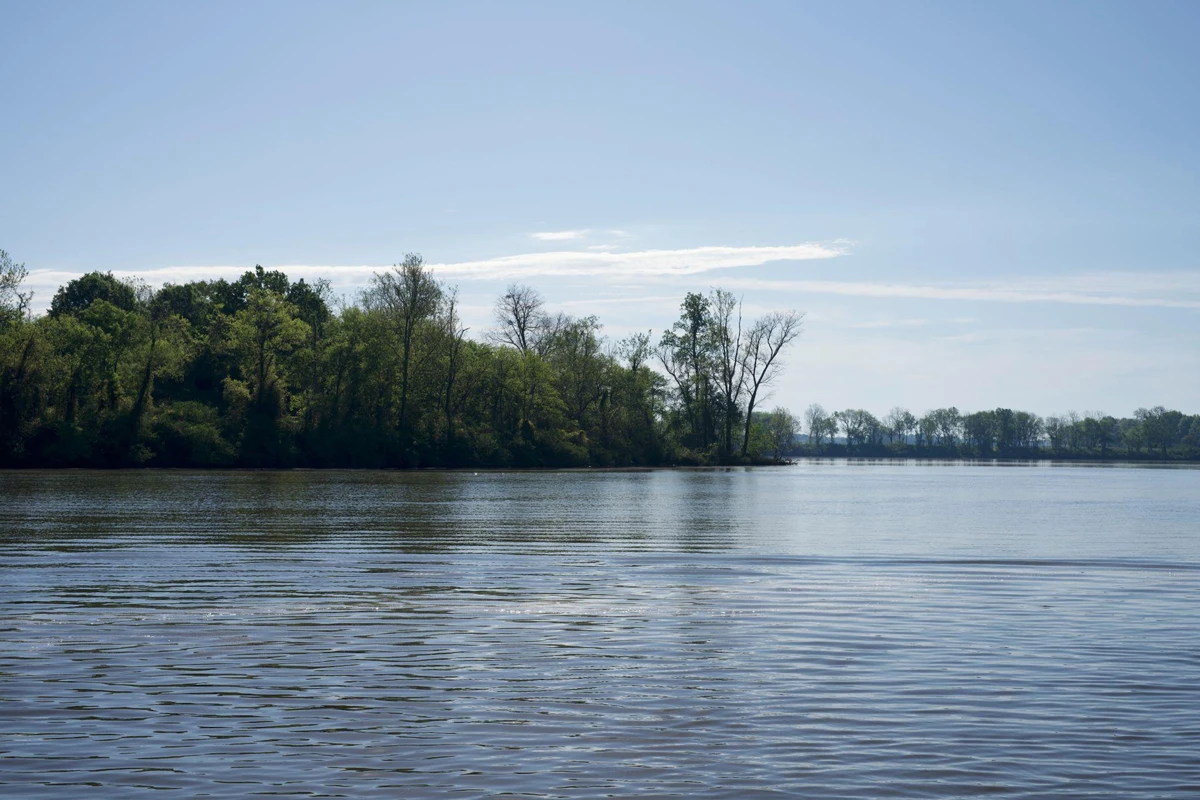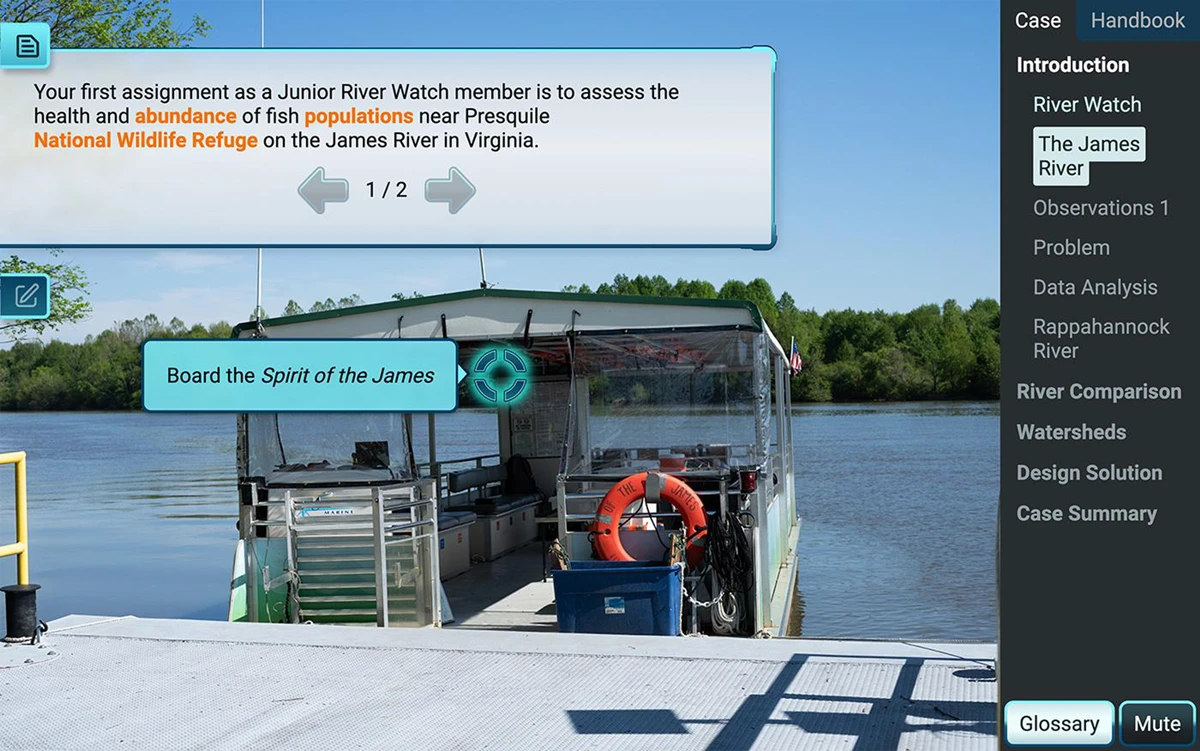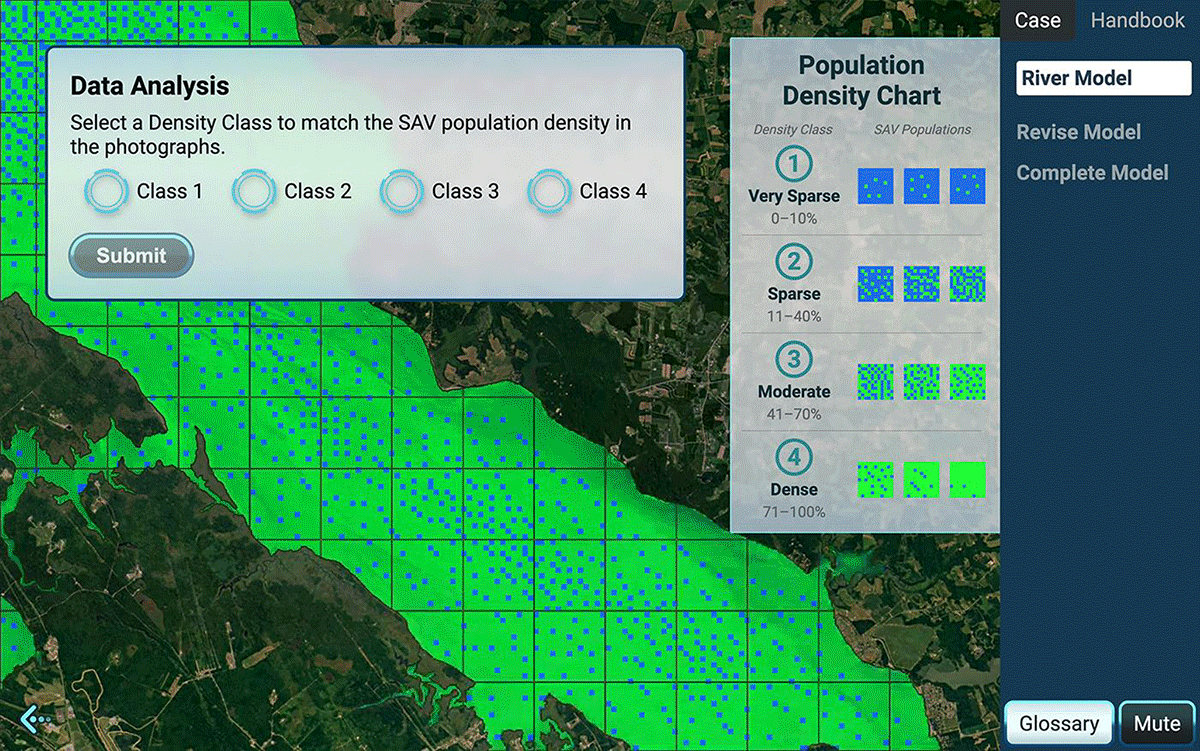Discover River Ecosystems and Watersheds in our New STEM Case

Did you know that every body of water has a watershed? A watershed is an area of land that drains water into a wetland, stream, river, or lake, carrying sediment and other materials along the way. This makes watershed lessons in the classroom important.
How do river ecosystems and watersheds work?
The answer is simple. Water is constantly in motion! River ecosystems and watersheds work together as a more extensive network of land and water. Watersheds channel rain, snowmelt, and runoff into common bodies of water, which is why they’re sometimes called “drainage basins” for creeks and larger bodies of water. River ecosystems meet watersheds where smaller streams drain into mid-size streams and, ultimately, larger river systems.
River ecosystems and watersheds are parts of a connected process that affects physical, biological, and chemical interactions throughout the river. The flow and volume of water change the landscape through erosion and influence biotic interactions between plants, animals, and microorganisms.
Why are river ecosystems an important topic?
A healthy watershed means cleaner air, water, and soil for people, plants, and animals. That’s why the Gizmos Team developed a new Gizmos STEM Case involving watershed activities in partnership with the James River Association, an environmental conservation and education non-profit organization based in Richmond, Virginia, which provided critical data and expertise to ground this interactive virtual case study in the real-world problem of the missing American Shad population in the James River.
Learning Designer Carrie Adler grew up in Maryland, taught middle school watershed science throughout her 17 years in the classroom, led outdoor education experiences for students, and participated in the national Trout in the Classroom program for many years. “I have a soft spot for fish populations in the Chesapeake Bay watershed! I also understand the importance of Meaningful Watershed Educational Experiences in helping students everywhere develop science literacy and environmental stewardship,” she said.
Become a river detective: Exploring the James River’s ecosystem
In the River Detective: The Case of the Missing Shad STEM Case, students become members of the River Watch, a group of citizen scientists who monitor water quality and ecosystem health in the James River, Virginia’s largest river, which flows across the entire state.
According to the James River Association, “The James River watershed encompasses approximately 10,000 square miles, which makes up almost 25% of the state. It is home to one-third of all Virginians who live in its 39 counties and 19 cities and towns and touches the lives of more Virginians than any other feature in the landscape. Residents of the watershed rely on the James for drinking water, commerce, and recreation.”

James River
Developing a river ecosystems and watershed STEM Case
The Gizmos STEM Case team, led by Head of Science Solutions David E. Kanter, Ph.D. and Director of Production Jared Jackson, is creating more STEM Cases, like River Detective: The Case of the Missing Shad, for teaching STEM concepts to middle school students. “The process involves a tremendous amount of collaboration with our content writers, as well as (in this case) some very generous support from our friends at the James River Association,” said Art Director Hilary Pierce. “This STEM Case features both illustration and photography to capture both the content and the real-world experience of professionals working in the field.” Senior Digital Designer Jenny Brewer and Digital Designer Joel Rosenburg worked with Adler to develop clear, beautifully rendered breakdowns of key concepts that the students will use to design solutions for the case study.
Adler and Pierce even worked in the field with professionals and volunteers. “We filmed several segments that depicted both the issues being tackled by the STEM Case (erosion, turbidity) as well as several of the activities professional scientists use in the field in order to study and gather data to solve these issues,” said Pierce. “This case represents considerably more local involvement and cooperation with working scientists than we’ve ever had in STEM Cases before, and it was exciting to follow alongside scientists in the field and capture their efforts. We hope that by combining this real-world footage with our more traditional illustrative breakdowns and interaction students will feel more empowered than ever to envision themselves in these roles.”
This STEM Case supports science standards for ecosystems, watersheds, and human environmental impacts. Students apply watershed concepts to construct a model of cause-and-effect relationships within a river ecosystem. Adler said, “Although this STEM Case is grounded in a specific river, the science concepts involved are applicable to all watersheds.”
Supporting understanding of river ecosystems in our latest STEM Case
In this interactive virtual case study, teachers can support watershed stewardship and complement students’ Meaningful Watershed Educational Experiences. Students investigate the disappearance of the American shad population from the James River and design a solution to bring back this iconic native fish. Take a look at a few of the river activities in the STEM Case.
- Along the way, students use a trawl net to measure fish populations, conduct water quality tests for dissolved oxygen and turbidity, and examine aerial photographs to estimate the population density of submerged aquatic vegetation (SAV).
- As they collect, analyze, and interpret data, they use this information to construct and revise a model of the relationships among biotic and abiotic factors in the James River watershed.
- Ultimately, students use their river ecosystem model to design, test, and evaluate a solution to bring back the James River American shad population.

JRA’s educational boat, the Spirit of the James
“I hope this STEM Case provides opportunities for students and teachers to make and reinforce connections between the science classroom and students’ outdoor environmental learning experiences,” said Adler. “We are immensely grateful to the James River Association for their support in this product’s development. Members of ExploreLearning’s design team met regularly with JRA’s educators and STEM professionals to make sure that we got the science right and that the STEM Case would meet the learning needs of middle school students. My favorite part of the process was going out on JRA’s educational boat, the Spirit of the James, to gather data and video footage for this STEM Case!”
What will be your students’ favorite parts of this STEM Case? Give it a try and find out.


If you don’t have access to Gizmos yet, maybe it’s time to take a free trial and experience the impact on student achievement through virtual labs with your class.
Start My Trial